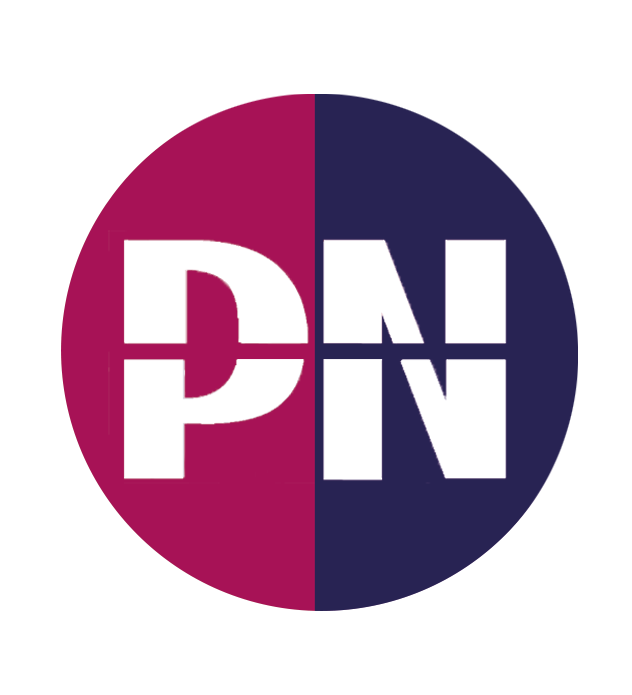Introduction
In the world of written and visual communication, the importance of fonts and design should not be underestimated – they’re essential components in ensuring your message and your brand are conveyed as intended.
When considering how your carefully written and designed brochure or catalogue will look when presented to a new audience in a different language, think about the effect text expansion, a different font or repagination can have.
How language influences design
Many written languages have a distinct visual appearance, Chinese and Japanese being examples of writing systems that may need a different typographic approach.
Or scripts like Arabic, written from right to left that will change pagination and may create the need for layout changes.
The visual character size between different fonts and languages can vary. 12 pt in Arabic can look smaller than 12 pt in a roman font.
Font size, tracking and line spacing may need to be adjusted to achieve a visually acceptable result.
Think about your fonts before you translate
Font Availability: Not all fonts cater to every language. It’s likely you will use fonts defined in your corporate identity manual, but it’s worth checking which language these fonts support.
Legibility: A font that’s readable in English might not have the same clarity in another language. It’s vital that your copy, when translated, remains easy to read.

Brand Consistency: A brand’s identity invariably relies on visual consistency. When adopting a new language, it’s often worth asking us to create a sample in the new language, possibly with a different font, to ensure it meets your brand identity criteria.
This gives your team the opportunity to agree any design changes that may be needed.
The Tools and Software we use
Just like any professional creative studio, we use contemporary design tools, like Adobe InDesign, Illustrator and PhotoShop, but ours come with multilingual support from a global team.
We don’t see our role as simply translating or typesetting. Our client relationships usually start with providing advice and then knowledgeable account management thereafter.
Conclusion
Navigating the intricate interplay between design and language demands a deep understanding of both domains. While translation closes linguistic divides, discerning design ensures that the translated content maintains its allure, clarity, and potency.






